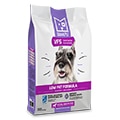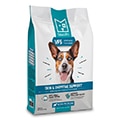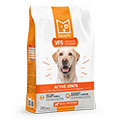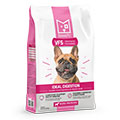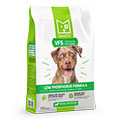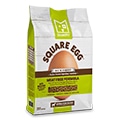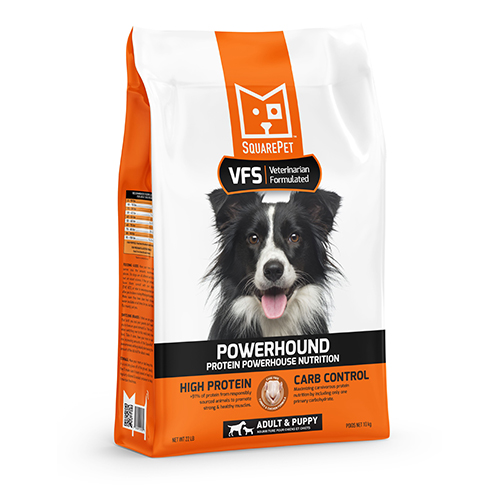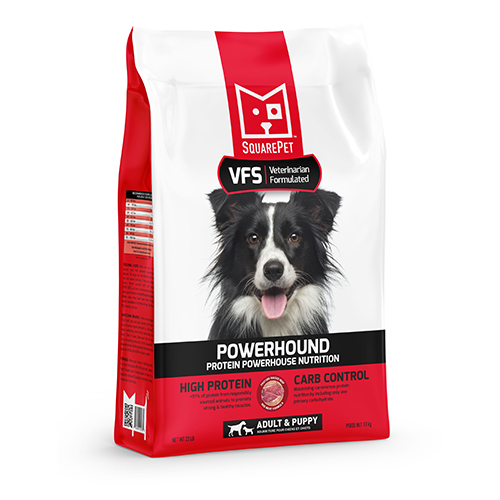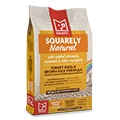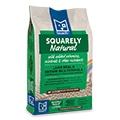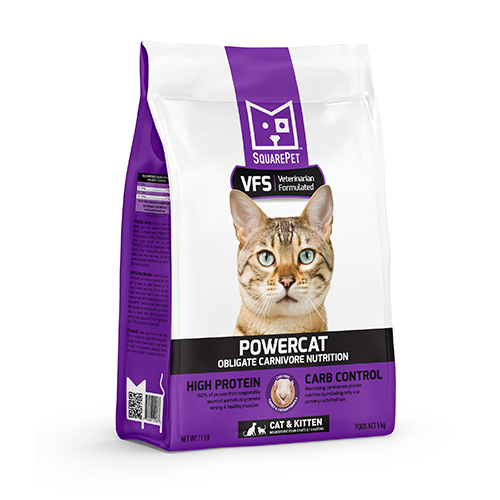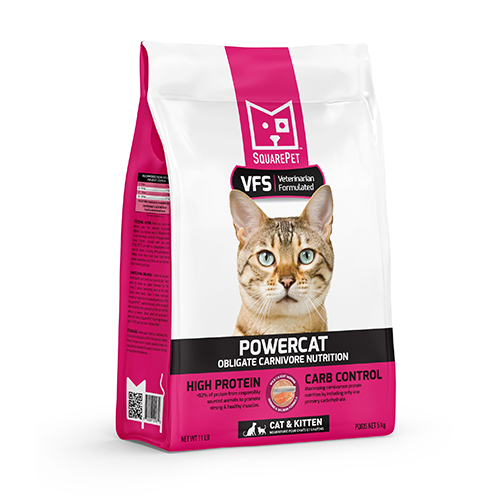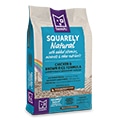Organic dog food, non-GMO dog food, gluten free dog food, and low-glycemic index dog food are many examples of human terms being used to promote pet wellness. Consumers can walk the aisles of a pet food store nearby and find countless other wellness boasting terms on an array of products ranging from ancient grains to grain free to made without chicken.
How do we make sense of these terms
All of the previously mentioned terms can be considered part of the pet food humanization trend that a is growing with intense popularity. Applying health principles that either have been shown to be beneficial to humans or are just hot trends in human nutrition are part of this humanization of the pet food industry. Sometimes what works for humans doesn’t necessarily translate to our pets. The promotion of low glycemic dog food can fall into this category.

What is low glycemic dog food
Pet food companies and pet food websites describe low glycemic dog food as a type of food made with ingredients that disallow a dog’s blood sugar to spike (increase rapidly) after consuming a meal. The implication for health is tied to the human connection that better glucose control can help prevent body fat accumulation, weight gain and therefore help prevent a predisposition to other health conditions such as diabetes. Connecting human nutrition principles in this manner can sometimes be misleading.
It can be observed that dog food manufacturers promoting low glycemic nutrition generally claim their dog foods are made with no grains, corn, wheat, or potatoes and typically feature ingredients classified as low-glycemic carbohydrates such as peas, lentils, chickpeas, or other legume ingredients. The distinction is the differences in starch content between something like corn starch, which is a more rapidly absorbed starch. Therefore is thought to spike blood sugar versus something like chickpeas. Peas, chickpeas, lentils or legumes contain types of starch called oligosaccharides which digest more slowly than simple starches and therefore aren’t thought to spike blood sugar. A comparison would be eating plain sugar versus eating a rawhide chew. The rawhide would most certainly not spike blood sugar when compared to plain sugar. But how is this relevant to our dogs and cats.
The difference between humans and dogs
Making a direct comparison between human and pet nutrition is not always straightforward. A veterinarian would point out that unlike humans, the type of diabetes found in dogs is almost exclusively type I (which means that they are completely dependent on insulin supplementation). And the main factors that contribute to the cause of type 1 diabetes in dogs are genetic and auto-immune diseases, not obesity which is only occasionally a cause. Therefore the notion of feeding low-glycemic carbs to a dog that is not predisposed is very likely not going to prevent diabetes from occurring because it wasn’t going to happen in the first place.
In fact a lot of the low-glycemic pet foods available are laden with low-glycemic carbohydrates in amounts that vastly outweigh the total amounts of protein or fat that they contain. The result is often a very carbohydrate rich pet food but is still labeled as “low glycemic” or even “grain free”. In addition to this the type of carbohydrates (oligosaccharide) used in these hefty amounts decreases the overall digestibility of the diet because just like they are advertised – they digest slowly (or incompletely).
To summarize, direct comparisons cannot always be made with human nutritional philosophies or trends. Diligent research on behalf of the pet parent, contacting pet food companies, or consultation with a veterinarian are still the best recommended courses of action. Lastly, it should be mentioned that cats are different from dogs as they can develop both type I and II diabetes and obesity can be a predisposing factor.
